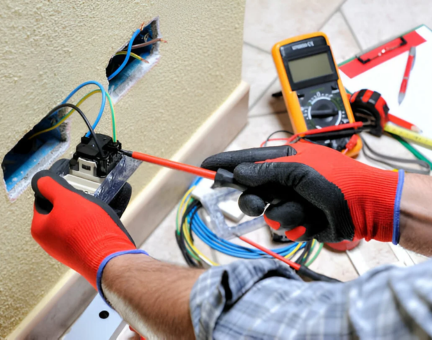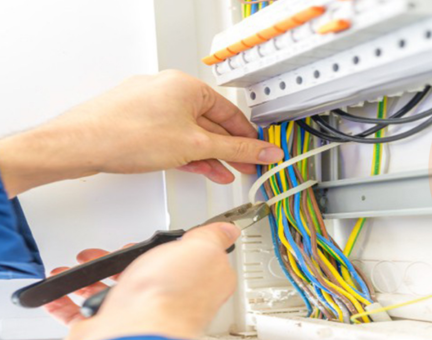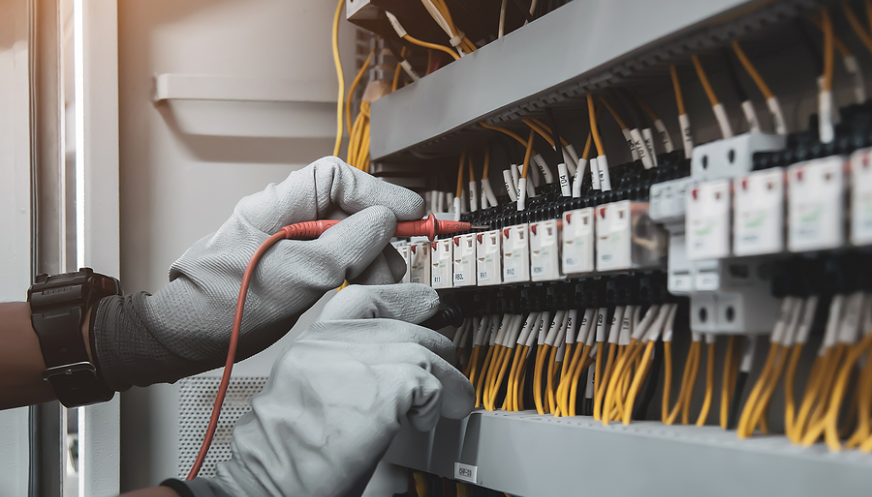Cable Maintenance Tips: Ensuring Longevity and Safety
Maintaining cables in wire manufacturing is vital for ensuring their longevity and safety, as these components are essential for operational efficiency. Regular maintenance routines and inspections can significantly mitigate risks associated with cable failures, which can lead to costly downtimes and safety hazards. By implementing best practices for cable care, organizations can enhance both performance and safety in their operations. Visual inspections should be a foundational aspect of any cable maintenance strategy. Technicians need to routinely check for signs of damage, such as fraying, discoloration, or cracks in the insulation. These indicators can point to underlying issues that, if left unaddressed, may lead to more severe failures. Additionally, examining connections and terminations for corrosion or loose fittings is critical. Such inspections not only ensure optimal performance but also play a significant role in preventing electrical hazards, fostering a safer working environment.
I am truly impressed with the quality and service. The team was professional and attentive. Highly recommend their products!
William Benjamin
Proper storage and handling of cables are equally important. Cables should be kept in a controlled environment, away from extreme temperatures and moisture, which can compromise their integrity. When transporting or using cables, it is essential to avoid sharp bends or kinks that could damage the insulation. Utilizing cable reels or organizers can help keep cables untangled and maintain their condition. By following appropriate handling techniques, organizations can significantly extend the life of their cables while reducing the potential for accidents in the workplace. Regular testing and monitoring of cable performance are crucial for identifying issues before they escalate. Employing methods like insulation resistance testing and thermal imaging can provide insights into the health of the cables. These assessments help in pinpointing weaknesses and determining when maintenance or replacement is necessary. Implementing a systematic monitoring program allows organizations to track cable performance over time, making it easier to schedule maintenance activities effectively and ensuring compliance with safety standards.


Training staff in best practices for cable maintenance is essential to cultivate a safety-conscious culture. Employees should receive education on the importance of inspections, proper handling techniques, and the identification of potential problems. Regular training sessions can reinforce these practices, ensuring that all team members are equipped to recognize and address cable issues promptly. By fostering a proactive mindset towards maintenance, organizations can greatly reduce the risk of cable-related accidents and operational disruptions.
Incorporating technology into cable maintenance strategies can enhance safety and efficiency. Utilizing predictive maintenance tools allows organizations to anticipate when maintenance is needed based on usage patterns and historical data. This approach minimizes downtime and maximizes the lifespan of cables by addressing potential issues proactively. Moreover, integrating smart sensors that monitor cable conditions in real time can provide immediate alerts for any irregularities, enabling quick response to potential hazards and further safeguarding operations.

